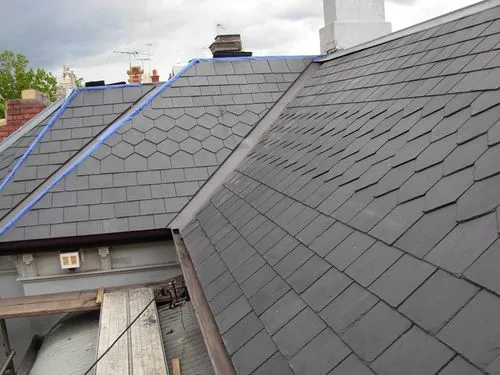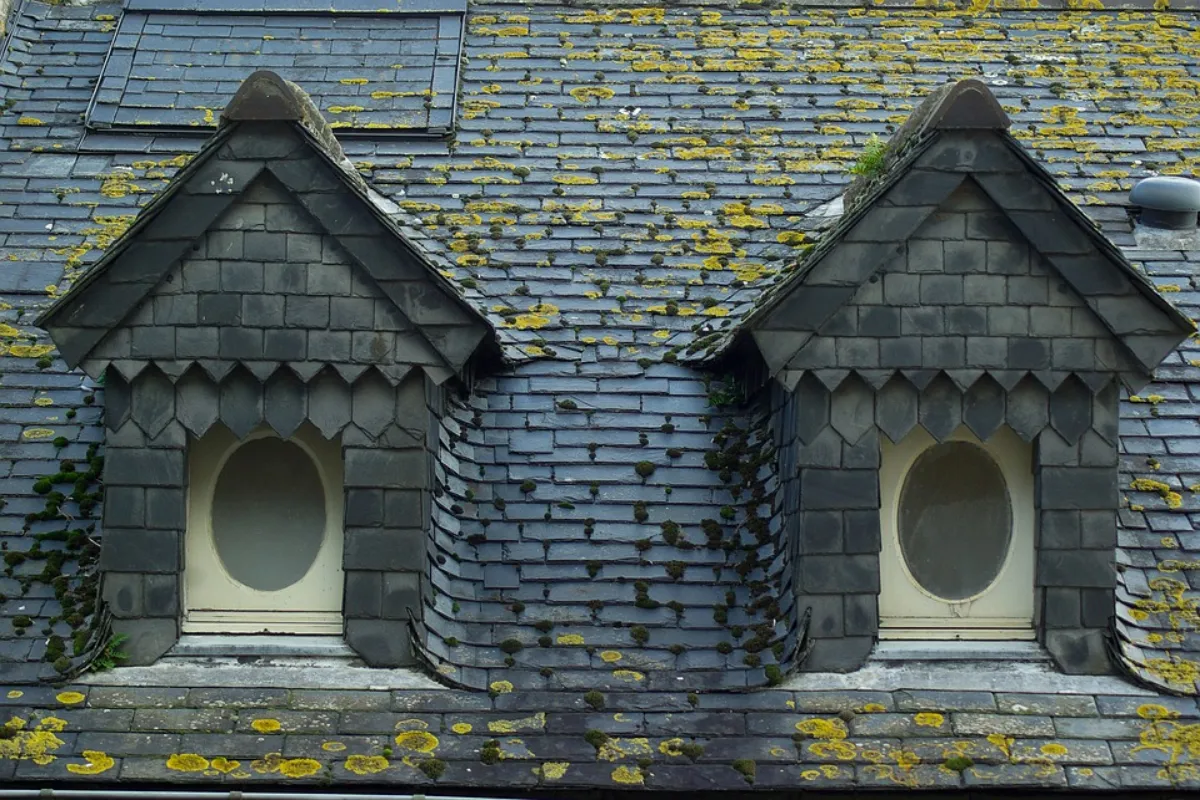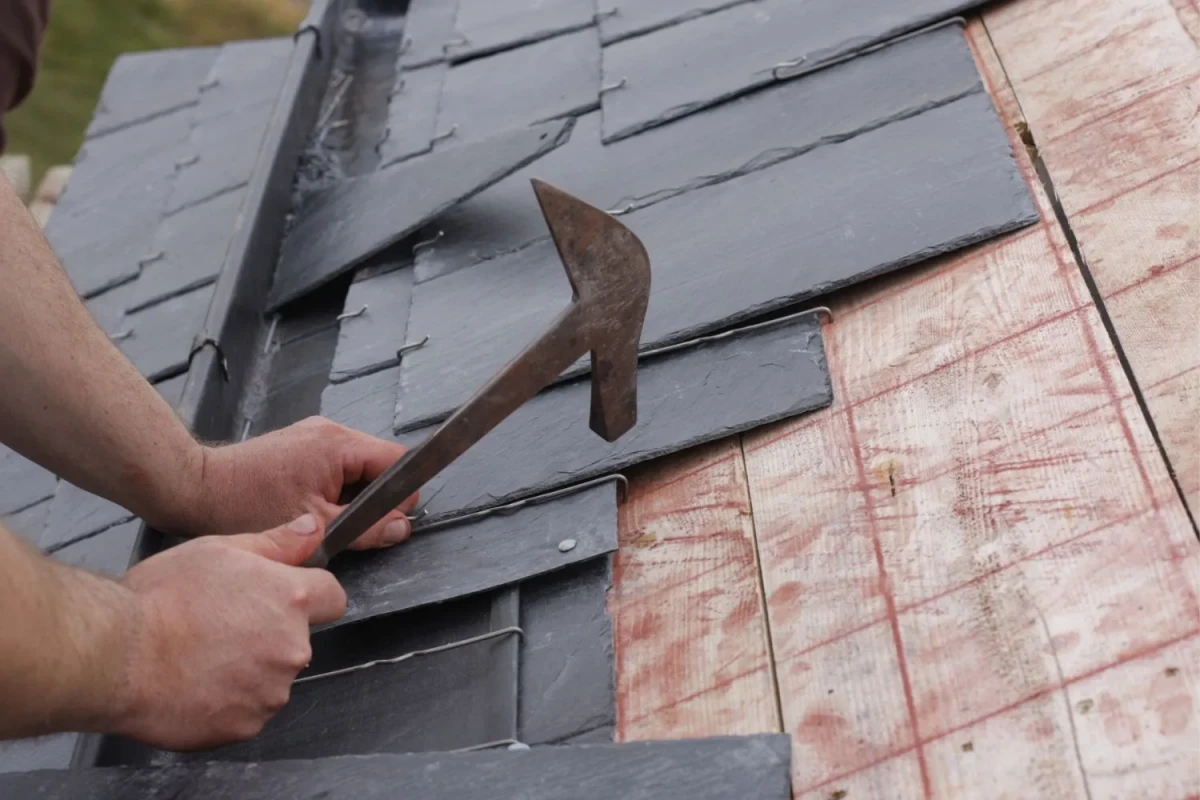Understanding the Differences Between Tile and Slate Roofing
Roofing is an integral aspect of any building, serving the crucial functions of providing protection, insulation, and enhancing the overall aesthetic appeal. The choice of roofing material significantly impacts a structure’s durability and appearance. Two commonly considered options for roofing are tile and slate, each distinguished by its unique qualities, advantages, and disadvantages. In the following discussion, we will delve into the distinctions between tile and slate roofing, equipping you with the knowledge required to make an educated decision for your roofing requirements.
Tile Roofing:
1. Material Composition:
Tile roofs are primarily made from clay, concrete, or ceramic materials. These materials are molded into tiles and fired in a kiln to harden them. Clay tiles offer a traditional and rustic appearance, while concrete tiles can mimic various styles, including wood and slate.
2. Weight:
Tile roofs are considerably heavy. They require robust structural support to handle the load. This can sometimes result in additional construction costs to ensure your building can bear the weight.
3. Longevity:
Tile roofs are known for their durability. With proper maintenance, they can last for decades. Clay tiles are particularly long-lasting and can endure harsh weather conditions.
4. Aesthetic Variety:
Tile roofs come in a wide range of styles and colors, making them a versatile choice for homeowners who want a specific look. Whether you prefer a Mediterranean, Spanish, or modern appearance, there’s a tile option to match.
5. Weather Resistance:
Tile roofs can withstand severe weather conditions, including heavy rain, high winds, and intense sunlight. Their design often includes an air gap, allowing for better insulation.
6. Maintenance:
Regular maintenance, such as replacing damaged tiles or resealing, is essential to ensure the longevity of a tile roof. Inspection is recommended to address issues promptly.
Slate Roofing:
1. Material Composition:
Slate roofs are crafted from natural stone, primarily shale or clay, which has been metamorphosed over centuries. This natural composition provides a unique, rustic appearance with a range of colors, textures, and patterns.
2. Weight:
Slate roofs are relatively heavy, but they are lighter than tile roofs. They still require strong structural support, but the load is somewhat less compared to tile.
3. Longevity:
Slate roofs are renowned for their exceptional longevity. With proper care, a well-installed slate roof can last over a century. Their long-term durability often offsets the higher initial investment.
4. Aesthetic Variety:
Slate roofs offer a more distinct and rustic appearance, with each slate tile being unique. They provide an organic, earthy look, which many homeowners find captivating.
5. Weather Resistance:
Slate roofs are incredibly weather-resistant. They can endure harsh climates, making them particularly suitable for regions with unpredictable weather patterns.
6. Maintenance:
While slate roofs require less maintenance compared to tile, they are not without upkeep needs. Periodic inspection, repair of damaged slates, and resealing are recommended.
In conclusion, both tile and slate roofing materials have their merits, and the choice depends on your specific needs and preferences. Tile roofs offer versatility in appearance and are suitable for various architectural styles. In contrast, slate roofs boast timeless beauty and exceptional durability. Regardless of your choice, it’s essential to consult with roofing professionals to ensure proper installation and maintenance for a long-lasting, functional, and aesthetically pleasing roof.
2023-10-24





